 Given cultural trends and recent court decisions to redefine marriage, the move to accept and legalize polygamy and polyandry has intensified. For example, an essay at Politico declares, “It’s time to legalize polygamy.” Another article at Slate Magazine is entitled “Legalize polygamy.”
Given cultural trends and recent court decisions to redefine marriage, the move to accept and legalize polygamy and polyandry has intensified. For example, an essay at Politico declares, “It’s time to legalize polygamy.” Another article at Slate Magazine is entitled “Legalize polygamy.”
Some are already coining the term “trouple” or “throuple” to describe “marriages” of three people (of any combination of sexes).
Such moves are not unexpected and are sure to beginning coming through the courts and legislatures soon. Clearly, the Catholic Church does and will oppose such moves based on Natural Law and biblical arguments.
But the biblical stance on polygamy is less clear than it is on homosexual acts (which are unequivocally condemned at every historical stage of biblical record). Polygamy, on the other hand, while not envisaged by God in His plan for marriage (see below), was tolerated in biblical history. Some of the greatest biblical patriarchs had numerous wives. And God does not punish them for this. Indeed, He works with them and blesses them to lead Israel.
Yet as we shall see, the Scriptures do teach against polygamy, but more phenomenologically than legally or theologically. In other words, the fact that the patriarchs engaged in polygamy is presented to us as a fact, as a phenomenon, and little direct explanation, defense, or condemnation is given. However, the phenomenon of polygamy almost always led to trouble. And this reality is presented, too, as we shall see.
Thus the Bible does teach against polygamy, but more in the form of a morality tale than a direct condemnation. The fact is, polygamy leads to serious trouble. Departing from God’s plan always leads to trouble. This is all the more so for marriage. So while admitting that the biblical approach is different in the case of polygamy, let’s survey what the Scripture reports of the trouble that polygamy causes.
God’s clear plan for true marriage – When God sets forth marriage as described in the Book of Genesis, there is poetically but clearly set forth a definitive form for marriage: one man and one woman in a stable, lasting, fruitful relationship of mutual support. For God said, It is not good for the man to be alone. I will make a suitable helpmate for him (Gen 2:18). Already we see that “helpmate” is singular, not plural. After teaching the man that animals are not suitable companions, God puts Adam into a deep sleep and fashions Eve from his rib (cf Gen 2:21). Note again that in presenting a suitable helpmate for Adam, God created Eve, not Steve. And so we see that marriage does not include any notion of homosexual union. But neither did God create Eve and Ellen and Sue and Jane as collective helpmates for Adam. And so implicitly and poetically, but clearly, we see excluded the notion of polygamy.
God’s plan for marriage is one man and one woman. Scripture goes on to insist that marriage be a lasting union, for it says that a man shall “cling” (Hebrew = דָּבַק = dabaq) to his wife (singular, not plural), and the two (not three, four, or more) of them shall become one flesh (Gen 2:24). God then went on to tell them to be fruitful and multiply (Gen 1:28).
So far, it’s clear enough: one man and one woman in a stable, fruitful relationship of mutual help and support.
But then, what to make of the polygamy of the patriarchs (Jacob, Moses, Gideon, David, Solomon, and many others)? Does God approve of this? There is no evidence that He thunders from on high at their seemingly adulterous and clearly polygamous behavior. The fact that they have several wives goes unrebuked, and is mentioned more in passing in the Scriptures, narrated with little shock. For example, Nathan the Prophet has many things for which to rebuke David, but having multiple wives is not among them.
What of this polygamy?
We ought to begin by restating that the Scriptures teach in various ways. There is the methodology of straight rebuke, wherein sin is both denounced and punished. But there is also a more subtle and deductive way, in which Scripture teaches more through story than prescription. And in this way, the Scriptures do teach against polygamy. For we learn by story and example how polygamy causes nothing but trouble. In fact it leads to factions, jealousy, envy, and at times, murder. But as we shall see, the problem is less the wives themselves than the sons they have borne.
But, to be clear, polygamy was a common thing among the Old Testament patriarchs. The list is not short:
- Lamech (a descendant of Cain) practiced polygamy (Genesis 4:19).
- Abraham had more than one wife (Genesis 16:3-4; 25:6, some are called concubines).
- Nahor, Abraham’s brother, had both a wife and a concubine (Genesis 11:29; 22:20-24).
- Jacob was tricked into polygamy (Genesis 29:20-30) and later he received two additional wives, making a grand total of four wives (Genesis 30:4, 9).
- Esau took on a third wife to please his father Isaac (Genesis 28:6-9).
- Ashur had two wives (1 Chronicles 4:5).
- Obadiah, Joel, Ishiah, and those with them “had many wives” (1 Chronicles 7:3-4).
- Shaharaim had at least four wives, two of which he “sent away” (1 Chronicles 8:8-11).
- Caleb had two wives (1 Chronicles 2:18) and two concubines (1 Chronicles 2:46, 48).
- Gideon had many wives (Judges 8:30).
- Elkanah is recorded as having two wives, one of which was the godly woman Hannah (1 Samuel 1:1-2, 8-2:10).
- David, had at least 8 wives and 10 concubines (1 Chronicles 1:1-9; 2 Samuel 6:23; 20:3).
- Solomon, who breached both Deuteronomy 7:1-4 and 17:14-17, had 700 wives and 300 concubines (1 Kings 11:1-6).
- Rehoboam had eighteen wives and sixty concubines (2 Chronicles 11:21), and sought many wives for his sons (1 Chronicles 11:23).
- Abijah had fourteen wives (2 Chronicles 13:21).
- Ahab had more than one wife (1 Kings 20:7).
- Jehoram had multiple wives (2 Chronicles 21:17).
- Jehoiada, the priest, gave king Joash two wives (2 Chronicles 24:1-3).
- Jehoiachin had more than one wife (2 Kings 24:15).
Well, you get the point. So we have to be honest: polygamy, at least among wealthy and powerful men, was practiced and its practice brought little obvious condemnation from God or His prophets.
But the silence of God does not connote approval, and not everything related in the Bible is told by way of approval. For example, it would seem that God permitted divorce because of the hard hearts of the people (cf Matt 19:8). But to reluctantly permit, as God does, is not to command or to be pleased. Jesus would later withdraw divorce and remarriage from the range of tolerated behaviors. And polygamy seems to have largely abated by the time of Jesus.
And, as we have noted, God teaches in more than one way in the Scriptures. For the fact is, polygamy, whenever prominently dealt with (i.e., mentioned more than merely in passing), always spelled “trouble” with a capital “T”.
Consider some of the following internecine conflicts and tragedies.
- Jacob had four wives, whom he clearly loved unequally: Leah (with whom he felt “stuck” and whom he considered unattractive), Rachel (his first love), Bilnah (Rachel’s maid), and Zilpah (Leah’s maid). Leah bore him six sons and a daughter (Reuben, Simeon, Levi, Judah, Issachar, Zebulan, and Dinah). Rachel was stubbornly infertile but finally bore him Joseph and Benjamin. Bilnah bore him Naphtali and Dan, and Zilpah bore him Gad and Asher.
Now all these sons by different mothers created tension. But the greatest tension surrounded Joseph, of whom his brothers grew jealous. His father Jacob favored him because he was Rachel’s son. This led to a plot by the other brothers to kill him, but Joseph ended up being sold into slavery to the Ishmaelites. At the heart of this bitter conflict was a polygamous mess. The unspoken but clear teaching is, “Don’t do polygamy.”
- Gideon had many wives (Jud 8:30) and by them many sons. Scripture tells a story of terrible violence and death that results from these many sons by different mothers, all competing for kingship and heritage.
Now Gideon had seventy sons, his direct descendants, for he had many wives. His concubine who lived in Shechem also bore him a son, whom he named Abimelech. At a good old age Gideon, son of Joash, died and was buried in the tomb of his father Joash in Ophrah of the Abiezrites. Abimelech, son of Jerubbaal (i.e., Gideon), went to his mother’s kinsmen in Shechem, and said to them and to the whole clan to which his mother’s family belonged, “Put this question to all the citizens of Shechem: ‘Which is better for you: that seventy men, or all Jerubbaal’s sons, rule over you, or that one man rule over you?’ You must remember that I am your own flesh and bone.” When his mother’s kin repeated these words to them on his behalf, all the citizens of Shechem sympathized with Abimelech, thinking, “He is our kinsman.” They also gave him seventy silver shekels from the temple of Baal of Berith, with which Abimelech hired shiftless men and ruffians as his followers. He then went to his ancestral house in Ophrah, and slew his brothers, the seventy sons of Jerubbaal (Gideon), on one stone. Only the youngest son of Jerubbaal, Jotham, escaped, for he was hidden (Judges 9:1-5).
At the heart of this murderous and internecine conflict was polygamy. These were brothers who competed for kingship, power, and inheritance; brothers who had little love for one another since they were of different mothers. Abimelech’s loyalty was not to his brothers, but to his mother and her clan. Thus he slaughtered his brothers to win power.
Among other lessons in this terrible tale is the lesson of chaos and hatred caused by polygamy. It’s as if to say, “Don’t do polygamy.”
- King David had at least eight wives (Michal, Abigail, Ahinoam, Eglah, Maacah, Abital, Haggith, and Bathsheba) and ten concubines. Trouble erupts in this “blended” (to say the least) family when Absalom (the third son of David), whose mother was Maacah, sought to overcome the line of succession and gain it for himself. When his older brother Chileab died, only his half-brother Amnon stood in the way. The tensions between these royal sons of different mothers grew very hostile. Amnon raped Absalom’s sister Tamar, and Absalom later had Amnon murdered for it (cf 2 Sam 13).
Absalom fled and nourished hostility for his father David. Eventually he sought to overthrow his father’s power by waging a rebellious war against him. Absalom is killed in the ensuing war and David can barely forgive himself for his own role in the matter (2 Sam 18:33).
But the family intrigue isn’t over. Solomon would eventually become king, but only through the intrigues of his mother, Bathsheba, David’s last wife. As David lay dying, his oldest son Adonijah (son of David’s wife Haggith), the expected heir (1 Kings 2:15), was acclaimed king in a formal ceremony. But Bathsheba conspired with Nathan the Prophet and deceived David into thinking that Adonijah was mounting a rebellion. She also reminded David of a secret promise he had once made to her that Solomon, her son, would be king. David then intervened and sent word that Solomon would be king. Adonijah fled, returning only after assurances of his safety by Solomon. Yet despite those assurances Adonijah was later killed by Solomon.
Here, too, are the complications of a messed up family situation. Sons of different mothers hating each other, wives playing for favorite, securing secret promises, and conspiring behind the scenes. At the heart of many of the problems was polygamy. Once again the implicit teaching is, “Don’t do polygamy.”
- Solomon, it is said, had 1000 wives (700 wives and 300 concubines). Again, nothing but trouble came from this. Scripture says,
King Solomon, however, loved many foreign women. … He had seven hundred wives of royal birth and three hundred concubines, and his wives led him astray. As Solomon grew old, his wives turned his heart after other gods, and his heart was not fully devoted to the Lord his God, as the heart of David his father had been. He followed Ashtoreth the goddess of the Sidonians, and Molech the detestable god of the Ammonites. So Solomon did evil in the eyes of the Lord (1 Kings 11:1-6).
The tolerance of pagan religious practices encouraged by these wives, along with other policies, led to great hostility and division in the kingdom. Finally, after Solomon’s death, the northern kingdom of Israel seceded from Judah. There was never a reunion and both kingdoms were eventually destroyed by surrounding nations.
Lurking in the mix of this mess is polygamy. Once again, the lesson is, “Don’t do polygamy.”
- Abraham’s dalliance with his wife’s maid Hagar, while not strictly polygamy (more adultery, really), also leads to serious trouble. Hagar bore Ishmael at the behest of Abraham’s wife, Sarah. But Sarah grew cold and jealous of Hagar and Hagar fled (Gen 16). She eventually returned and gave birth to Ishmael. Later, when Sarah finally bore Isaac, Sarah concluded that Ishmael was a threat and had to go. She had Abraham drive Hagar away (Gen 21).
Ishmael went on to become the patriarch of what we largely call the Arab nations. Isaac’s line would be the Jewish people. And the rest, as they say, is history.
Polygamy, once again, lurking behind a whole host of problems. Don’t do polygamy.
So the Bible does teach on polygamy and, through stories, teaches us of its problematic nature. We ought not to be overly simplistic when interpreting these stories, as if to say that polygamy was the only problem, or that these things never happen outside polygamous settings. But polygamy clearly played a strong role in these terrible stories.
It would seem that in the Old Testament God tolerated polygamy, as he tolerated divorce, but nowhere did He approve of it.
In Matthew 19, Jesus signals a return to God’s original plan and hence prohibits divorce. For he says, Moses permitted you to divorce your wives because your hearts were hard. But it was not this way from the beginning. I tell you that anyone who divorces his wife, unless the marriage is unlawful, and marries another woman commits adultery” (Matt 19:8-9). He also says, Have you not read, that at the beginning the Creator ‘made them male and female,’ and said, ‘For this reason a man will leave his father and mother and be united to his wife, and the two will become one flesh’? So they are no longer two, but one. Therefore what God has joined together, let man not separate (Matt 19:4-6).
Back to Plan A – So, whatever one may argue with regard to the Old Testament’s approach to marriage, Jesus makes it clear that we are going back to Plan A: one man and one woman in a stable, fruitful relationship of mutual support.
And thus the Scriptures do teach against polygamy. Even if it was tolerated, God taught them through bitter experience, “Don’t do polygamy.” It is trouble with a capital ‘T.’
While the first video accurately but lightly depicts the polygamy of Jacob, the next two videos recall the problems it engendered.






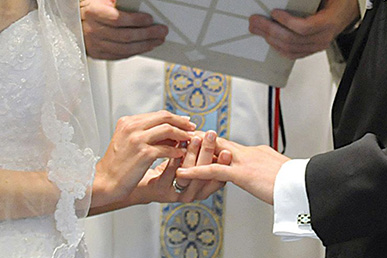
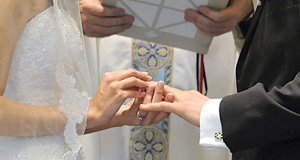

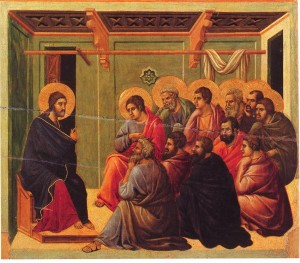
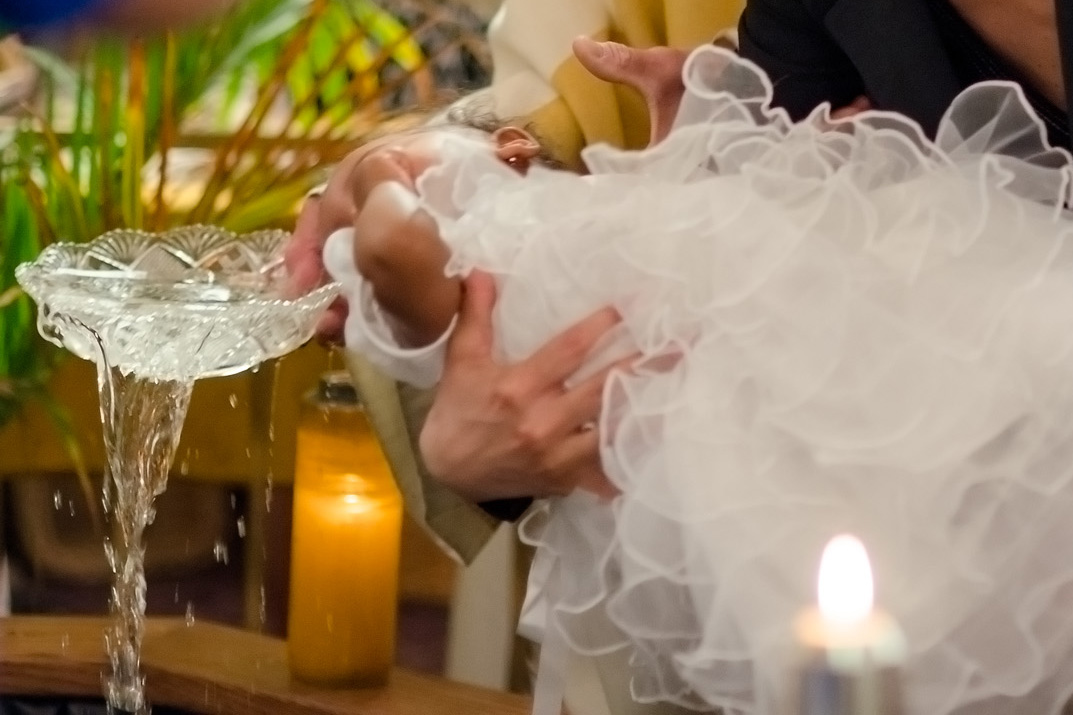

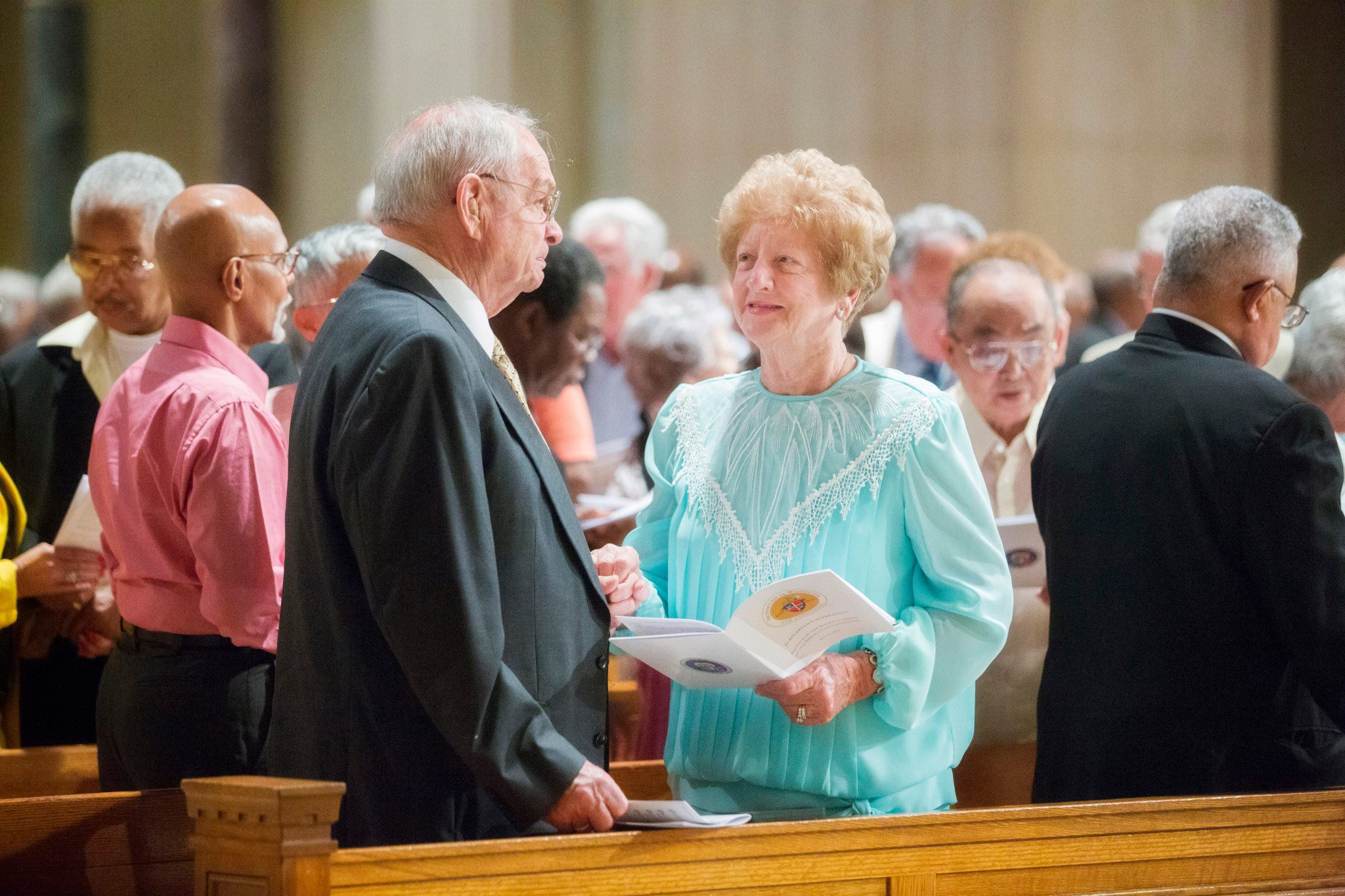

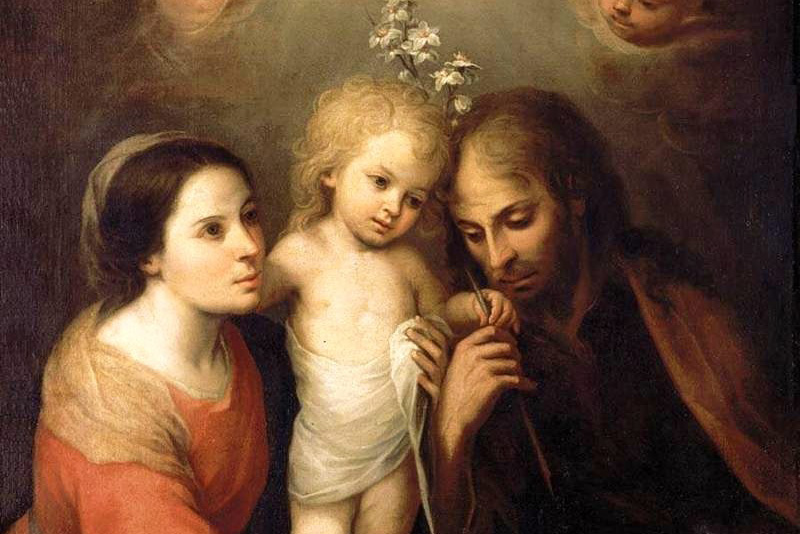
 It is not difficult to demonstrate that most of our modern problems center around struggles and misunderstandings regarding marriage, sexuality, and the family. Collectively as a nation and the culture, we have departed significantly from the teachings of God and common sense, when it comes to our thinking and behavior regarding these three fundamental pillars.
It is not difficult to demonstrate that most of our modern problems center around struggles and misunderstandings regarding marriage, sexuality, and the family. Collectively as a nation and the culture, we have departed significantly from the teachings of God and common sense, when it comes to our thinking and behavior regarding these three fundamental pillars.